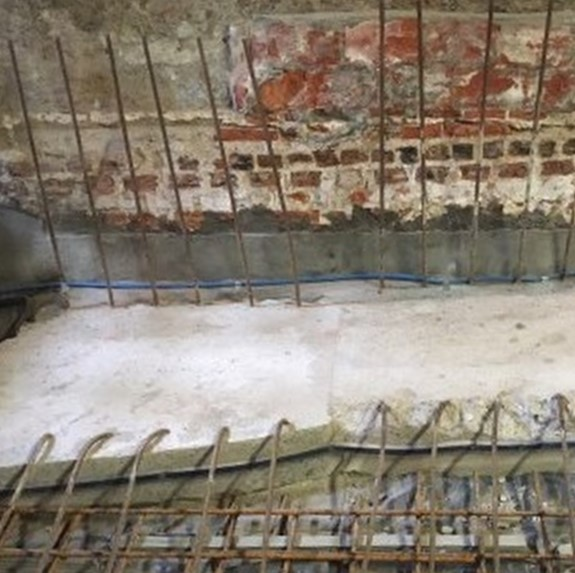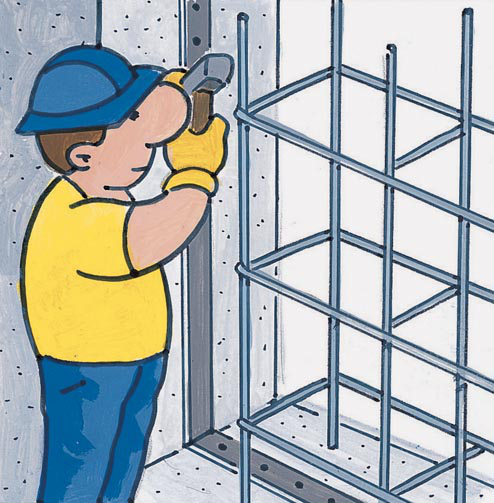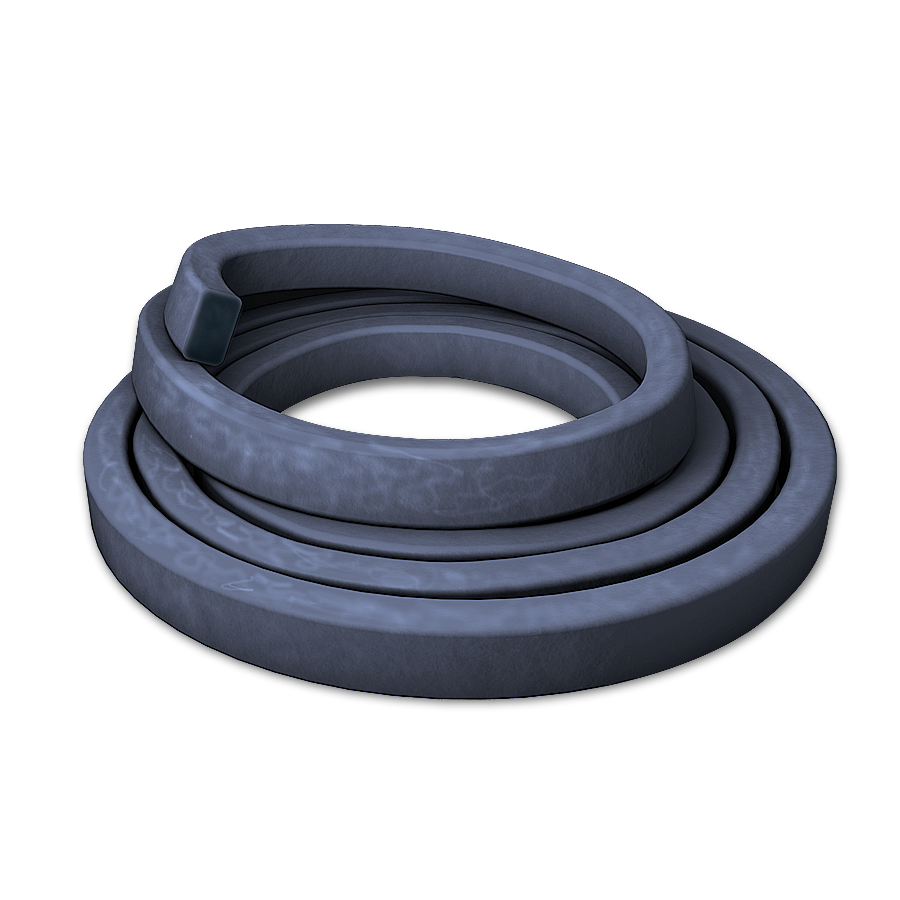



Creation of castings and connections with safe and permanent hydraulic hold.
Take care to create the laying site of the waterstop as smooth and even as possible. Remove any flaking, inconsistent, dusty, etc. parts.
Sealgum must be spread on the laying surface and fastened using nails (steel nails plus water approx. every 25 cm). Sealing of the joints is ensured by simple placement side by side and not overlapping the ends. Positioning must guarantee good coverage of 10-12 cm by the concrete, to contain the expansive action generated by hydration. For particularly disconnected or rough surfaces, you can position Sealgum with the help of a hydro-expanding sealant in a cartridge Flexseal 300.



Hardness
Shore A
Resistance to water pressure
Fire resistance
DIN 4102-1
1.1 m/m: Use 1 metre of Sealgum for each linear metre, being careful to place 5-10 cm of the product alongside the end/start roll points to guarantee the permanent water tightness of the system.